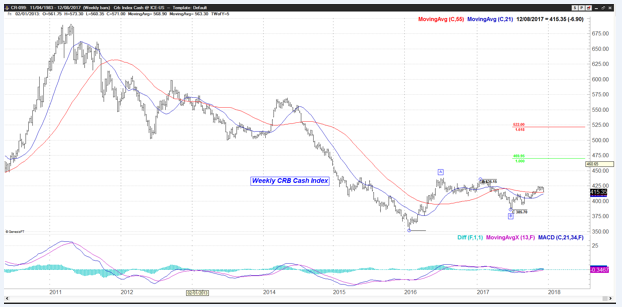By: Dan Hueber –
It has been all about the beans this week and this time, instead of the Chinese demand leading the charge up this hill, it has been supply concerns. The latest updates in Argentina have backed away promised and needed moisture and we have now seen the bean market reach and begin closing north of the 10.00 zone once again. For the January contract, yesterday was only the 4th time we have closed above 10.00 since the end of July and on spot futures, if we were to close out the week at this moment, would be the highest close since February. Not too shabby after just completing a record harvest. Do keep in mind that weather markets by their very nature are unstable (that sentence was loaded with allegory) but with the La Nina event present, the issues in the Southern Hemisphere do hold potential for ongoing problems. In commentary this morning, Drew Lerner of World Weather, Inc., suggested that even though La Nina could weaken towards the end of the month, he suspects it could intensify a bit after that and hang around longer than many currently predict. While there is nothing that has occurred yet that would dramatically threaten world supplies of beans and/or grains but keep in mind that once markets have adjusted to a specific supply versus demand prices range, once disrupted, all else needs to adjust accordingly and the more lopsided markets have been, the larger the “rebalance.” Please do keep in mind that, as I pointed out yesterday, this advance in beans has already been carrying on since mid-summer, weekly indicators have reached up to overbought levels, and of course weather driven markets can be quite fickle, so this is probably not time to become overly greedy, particularly if you need to generate cash flow. All that said, long-term it would appear that we have developed a very broad-based foundation from which this market (as well as most commodities) will advance from later in 2018 and potentially into 2019.
General news again this morning is rather sparse. Do keep in mind as well when looking at the bean market, holding back the price advance has been bean oil. Even though we have experienced a less than normal oil yield from domestic crush, big competition from canola and palm oils have depressed all the vegetable oils. While bean oil only represents 18% or so (by output) of the value in the crush it is currently acting as an anchor that is keeping the ship from really setting sail.

